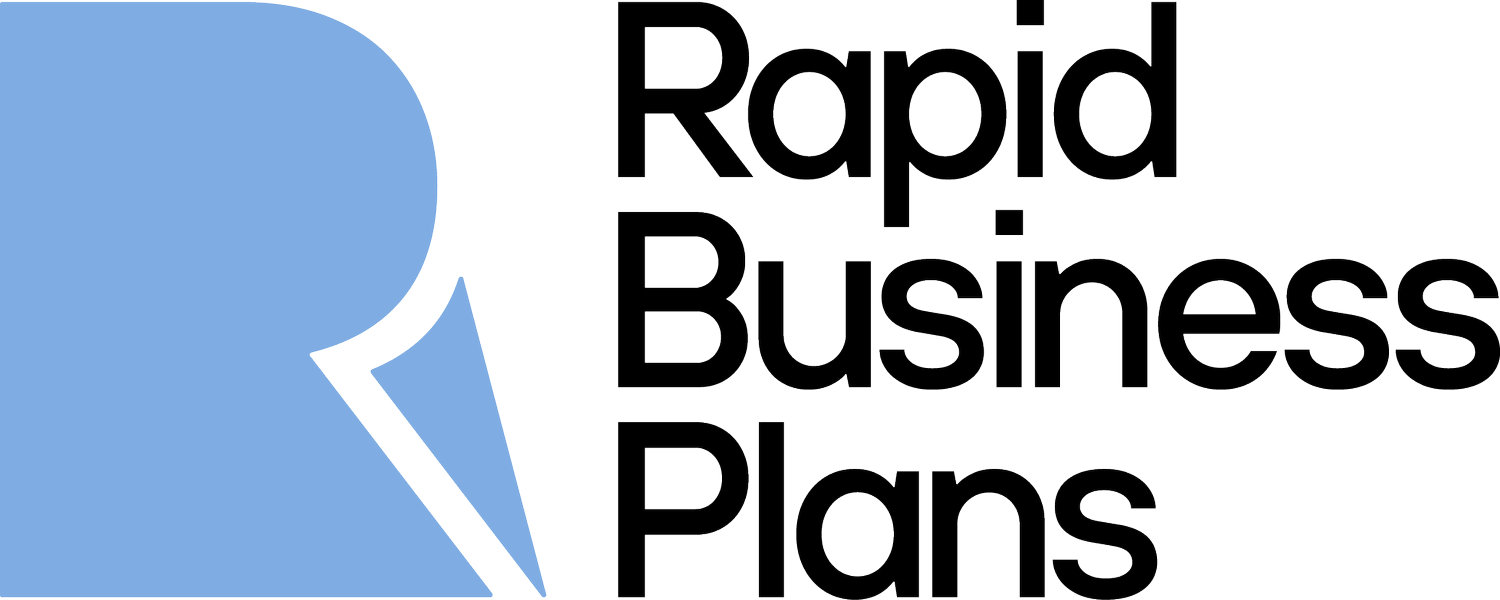What Is the "Do What You Do" Standard in SBA Lending?
/The “Do What You Do” standard introduced in the SBA’s SOP 50 10 7.1 marks a fundamental shift in how lenders handle SBA loans. This framework allows financial institutions to apply their existing lending practices—those used for similarly sized, non-SBA loans—when underwriting SBA-guaranteed loans. The goal is to streamline the process while leveraging lenders’ expertise, making SBA loans more accessible without imposing redundant requirements.
But while this change provides greater flexibility, it also demands a high level of prudence, consistency, and documentation from lenders to maintain compliance and avoid potential issues with loan guarantees.
Why Was the "Do What You Do" Standard Introduced?
Traditionally, SBA lending required lenders to follow specific, separate guidelines that sometimes differed from their standard lending policies. This created inefficiencies and unnecessary complexity, especially for institutions already experienced in small business lending.
The "Do What You Do" standard was designed to:
Reduce administrative burden by allowing lenders to apply the same underwriting, collateral, and documentation practices they use for non-SBA loans of a similar size.
Encourage efficiency by aligning SBA loan processing with existing institutional workflows.
Leverage lender expertise instead of imposing a rigid, one-size-fits-all approach.
While this framework gives lenders greater autonomy, it does not remove the need for oversight or careful risk management.
What Does Prudence Mean in This Context?
A core principle of the “Do What You Do” standard is prudence—or acting with care, thought, and diligence when making lending decisions. But what does that mean in practical terms?
Lenders must:
Ensure equity injection requirements for SBA loans mirror those for non-SBA loans of similar size.
Clearly document loan decisions, including the rationale behind them.
Reference historical SBA Standard Operating Procedures (SOPs) when internal policies don’t explicitly address a scenario.
This documentation is critical because lending decisions that seem reasonable today may be questioned in hindsight, especially if a loan defaults. Thorough record-keeping helps lenders demonstrate they acted prudently and in alignment with institutional policies.
Consistency: The Key to Compliance and Risk Mitigation
The "Do What You Do" standard works best when lenders maintain consistency across SBA and non-SBA loans. Aligning practices minimizes the risk of guarantee denials or requests for repair.
Some key areas where consistency matters:
Collateral Requirements – The same standards should apply to both SBA and non-SBA loans.
Loan Documentation – If specific agreements or verifications are required for conventional loans, they should also be used for SBA loans.
Equity Verification – Lenders should document and apply the same processes across all loan types.
By ensuring these elements are uniform, lenders simplify their processes, strengthen compliance, and reduce potential risks.
Challenges and Pitfalls to Watch For
While this new standard simplifies SBA lending, it also introduces some challenges:
Hindsight Bias – A loan that appears sound at origination may later be scrutinized after a default. Clear documentation is essential to justify decisions.
Policy Gaps – If internal policies don’t cover a scenario, lenders must reference SBA guidance or establish best practices to avoid uncertainty.
Training Needs – Loan officers and underwriters must fully understand the importance of prudence and documentation to avoid inconsistencies that could put guarantees at risk.
By proactively addressing these challenges, lenders can fully leverage the benefits of this standard without exposing themselves to unnecessary risk.
How Lenders Can Adapt and Succeed
To thrive under the "Do What You Do" standard, lenders should focus on four key strategies:
Thorough Documentation – Every lending decision should be well-documented, with clear justifications for underwriting choices.
Staff Training – Teams should receive ongoing training to ensure they apply this standard correctly while maintaining compliance.
Technology Integration – Automated documentation and compliance tracking tools can help streamline processes and reduce human error.
Policy Reviews – Internal policies should be regularly evaluated to ensure they align with SBA standards and best practices.
By following these best practices, lenders can navigate the new framework effectively while maintaining strong risk controls.
A Balanced Approach to SBA Lending
The "Do What You Do" standard represents a major evolution in SBA lending—one that allows for greater efficiency while emphasizing the importance of prudence and consistency. For lenders, this means an opportunity to simplify processes, leverage their expertise, and better serve small business borrowers—but only if they maintain rigorous documentation and risk management practices.
As SBA lending continues to change, thoughtful preparation remains key. Clear documentation, consistency in financial practices, and a solid funding strategy can make all the difference in securing the right loan and setting a business up for long-term success.
Navigating SBA lending changes can be complex, but the right preparation makes all the difference.
Get guidance on structuring your loan application and securing the funding you need with confidence.




